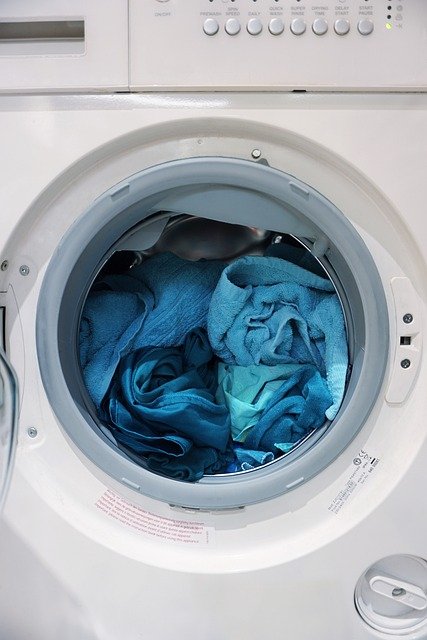Laundry detergent: ingredients, safe use, and clothing care
Laundry detergent is the formulated product designed to remove soils, stains, odors, and residues from clothing and textiles. Modern detergents combine surfactants, builders, enzymes, and other additives to tackle specific types of dirt while working in different water temperatures and machine cycles. Understanding what goes into a detergent, how it interacts with fabric, and when to use bleach or alternative cleaners can help you protect garments, extend their life, and get more consistent cleaning results. This article explains common detergent types, stain strategies, bleach use and safety, and environmental and skin considerations.

This article is for informational purposes only and should not be considered medical advice. Please consult a qualified healthcare professional for personalized guidance and treatment.
What is laundry detergent?
Laundry detergent typically contains surfactants (which loosen and lift soils), builders (which soften water and enhance surfactant performance), enzymes (which break down proteins, starches, and fats), and fillers, fragrances, or optical brighteners. Formulations vary: powders are often strong on mineral soils and work well in hard water, liquids dissolve easily and handle greasy stains, and single-dose pods concentrate active ingredients. Understanding label terms—such as “biodegradable,” “phosphate-free,” or “enzyme-free”—helps align product choice with fabric needs and local wastewater considerations.
How does detergent clean clothing?
The cleaning action starts when surfactants reduce surface tension between water and soil, emulsifying oils and suspending dirt so it can be rinsed away. Enzymes target specific stains—protease for protein stains (blood, sweat), amylase for starches (sauces), and lipase for fats (oils). Water temperature, mechanical action of the machine, and correct dosing affect outcomes: hotter water can activate some enzymes and dissolve grease more effectively, while cold-water formulations combine enzymes and specialized surfactants to maintain cleaning performance at lower temperatures.
When and how to use bleach safely?
Bleach can be a useful tool for whitening and disinfecting, but choose the right type: chlorine bleach (sodium hypochlorite) is a strong sanitizer and whitener but can damage colored clothing and weaken fibers with repeated use. Oxygen-based bleaches (hydrogen peroxide compounds) are gentler on most fabrics and safe for many colors. Never mix chlorine bleach with ammonia or acidic cleaners—this can create toxic gases. Follow label instructions for dilution, apply only to compatible fabrics, run a rinse cycle if required, and ventilate the laundry area. Spot-test delicate items before full use.
How to measure cleaning effectiveness and dosing
Effective cleaning depends on correct dosing for load size, soil level, and water hardness. Too little detergent reduces soil removal and may leave residues; too much can trap soils, cause buildup in machines, and irritate sensitive skin. Many modern detergents include dosing guides for standard loads, high-efficiency machines, and heavily soiled loads. For hard water, use slightly more detergent or choose a formula with built-in water softening; for high-efficiency washers, use low-sudsing detergents. Pre-treat stains with a bit of detergent or a targeted stain remover, rubbing gently before washing.
Laundry, clothing care, and safety considerations
Consider fabric care labels: delicate fibers like silk and wool often require mild, enzyme-free detergents or hand washing, while synthetics may need lower heat to avoid setting stains or causing shrinkage. Keep detergent and bleach out of reach of children and pets; pods can be mistaken for candy and should be stored securely. Rinse residues thoroughly to reduce skin irritation and avoid piling incompatible fabrics (like heavily soiled workwear with delicate items). For those with sensitive skin, fragrance-free and dye-free formulations reduce the risk of irritation.
Conclusion
Choosing and using the right laundry detergent involves matching formulation to fabric type, understanding how ingredients like surfactants and enzymes work, and applying safe practices for bleach and stain treatment. Correct dosing, attention to water temperature and machine settings, and following care labels will improve cleaning results and help preserve clothing over time. Balancing cleaning performance with environmental and skin-safety considerations leads to more reliable outcomes and lower long-term wear on garments.






